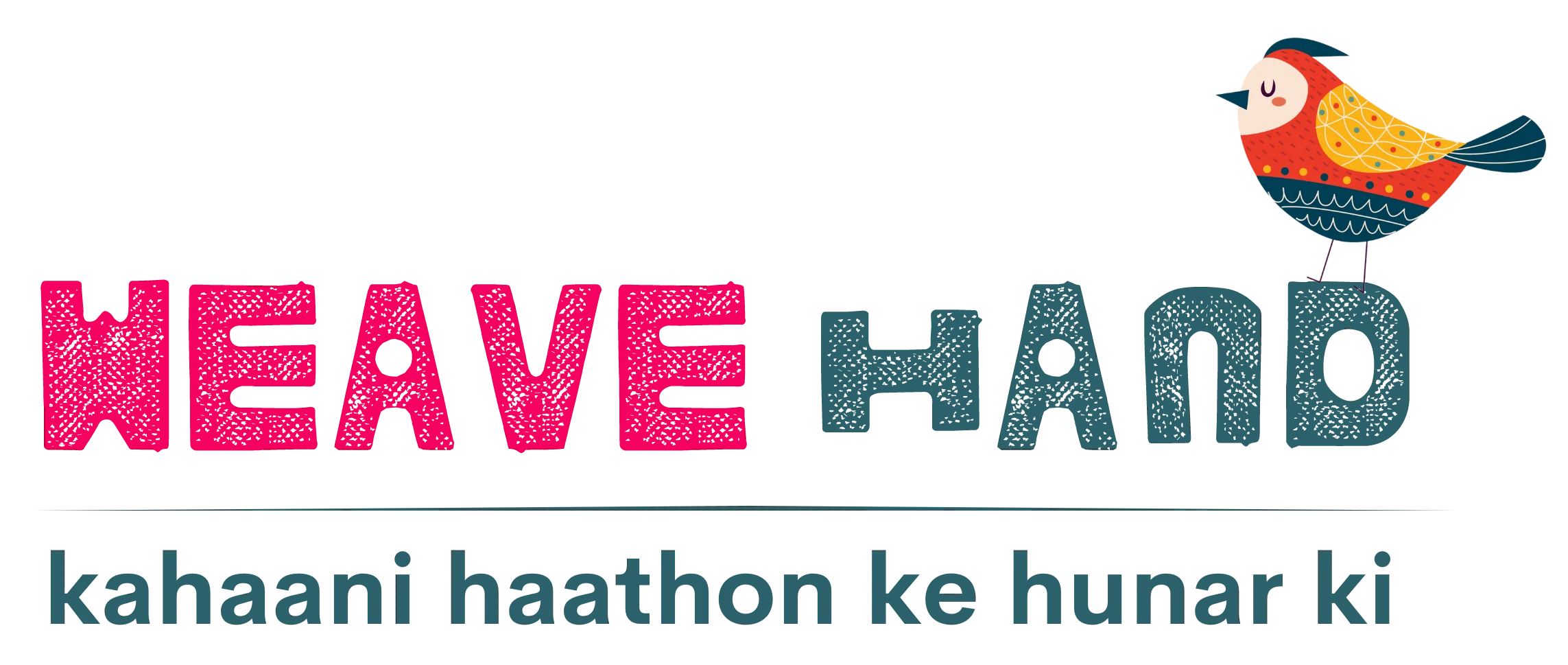Navratri is one of India’s most cherished and lively festivals, celebrated with immense joy, faith, and energy. The word "Navratri" means "nine nights," during which people honor Goddess Durga and her nine divine forms. This festival symbolizes the victory of good over evil and is marked by fasting, dancing, prayers, and vibrant cultural activities.
Navratri commemorates the triumph of Goddess Durga over the demon Mahishasura, signifying the eternal battle between good and evil forces. It also marks the arrival of positivity, renewal, and joy in life. Each day is devoted to a specific form of the goddess, such as Shailputri (Day 1) and Kalaratri (Day 7), representing different aspects of power, wisdom, and purity.
The tenth day is celebrated as Dussehra or Vijayadashami, symbolizing the triumph of Lord Rama over Ravana.
Gujarat: The state becomes the center of energy with Garba and Dandiya Raas. People dress in colorful, traditional attire and dance late into the night.
West Bengal: Navratri takes the form of Durga Puja, with elaborate pandals, grand idols of Goddess Durga, and cultural performances. It’s a time of reverence and celebrations.
Karnataka & Tamil Nadu: The tradition of Golu—arranging dolls on tiered stands—adds a unique charm. People invite others to view their displays and exchange festive gifts.
Northern India: People observe fasts during Navratri and offer prayers. In many towns, Ramlila plays are staged, and Dussehra concludes with the symbolic burning of Ravana’s effigies.
Each day of Navratri is associated with a special color, representing qualities such as strength, joy, and peace. People often wear outfits corresponding to the day’s color to amplify their festive spirit.
- Day 1: Yellow – Joy and energy
- Day 2: Green – Growth and prosperity
- Day 3: Grey – Calm and balance
- Day 4: Orange – Enthusiasm and warmth
The tradition of wearing specific colors has grown popular, especially in Gujarat and Maharashtra, adding a vibrant touch to the celebrations.
Fasting is an essential part of Navratri, observed by many for spiritual cleansing. Devotees eat satvik (pure) foods like fruits, nuts, and special dishes made with buckwheat flour or water chestnut flour. Some popular Navratri foods include:
- Sabudana Khichdi
- Kuttu (buckwheat) puris
- Fruit chaat
Navratri is incomplete without dance! In Gujarat, Garba and Dandiya Raas are performed with joy and enthusiasm. People form circles and dance to folk songs, celebrating life and devotion. In West Bengal, cultural performances and dhunuchi dance—with earthen lamps—add rhythm to the Durga Puja festivities.
This Navratri, let’s bring traditional beauty into our lives by supporting local artisans. At WeaveHand, we offer handloom sarees, jewelry, festive décor, and ODOP-crafted items perfect for your celebrations. Elevate your Navratri experience with products made with love and craftsmanship.
Check out our collection and find the perfect Navratri gifts for yourself and your loved ones. Celebrate the festival with a meaningful touch—supporting artisans and embracing Indian traditions.
Navratri is not just a festival; it’s a reminder to celebrate life, tradition, and community. Whether through dance, fasting, rituals, or gifting, this festival connects us to our roots and fills us with divine energy.
Let’s make this Navratri vibrant and special with faith, joy, and sustainable choices!
